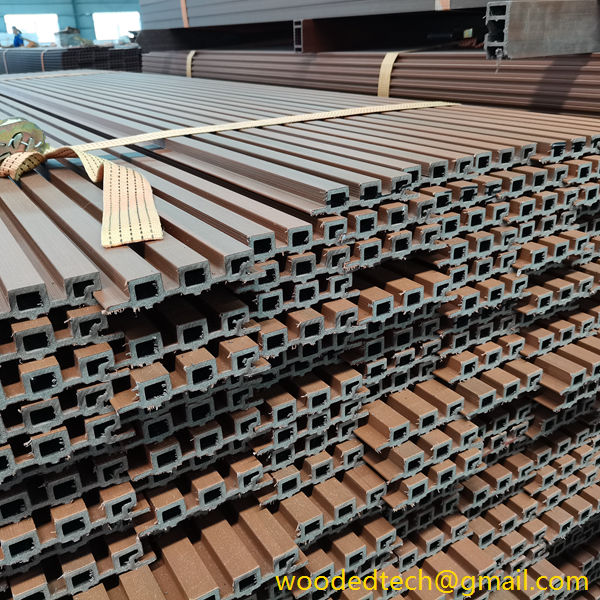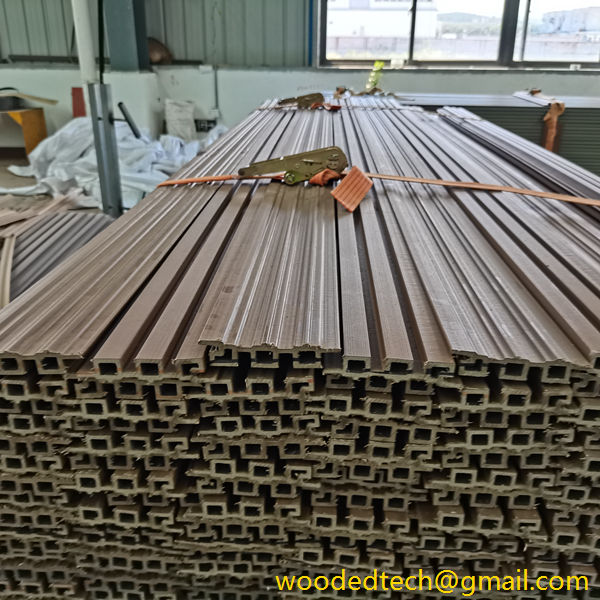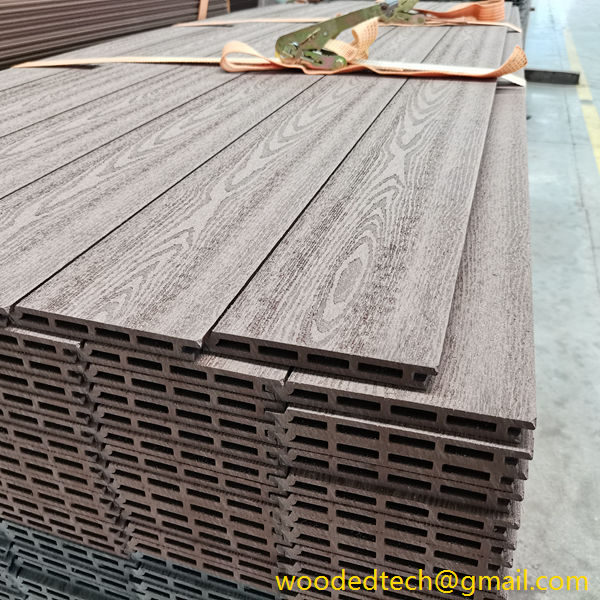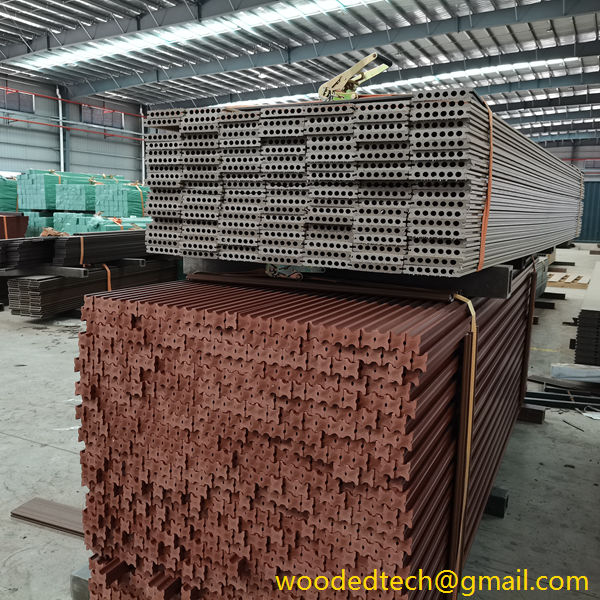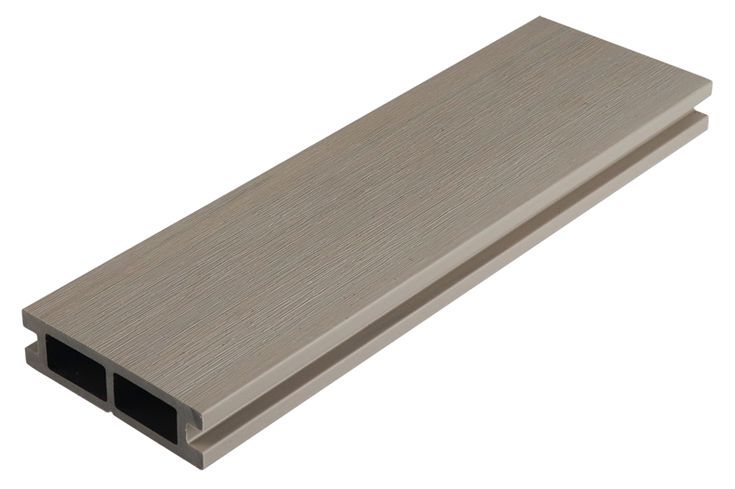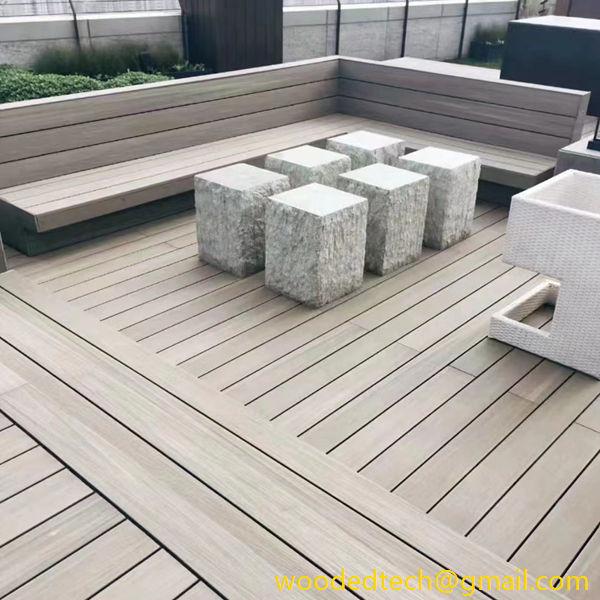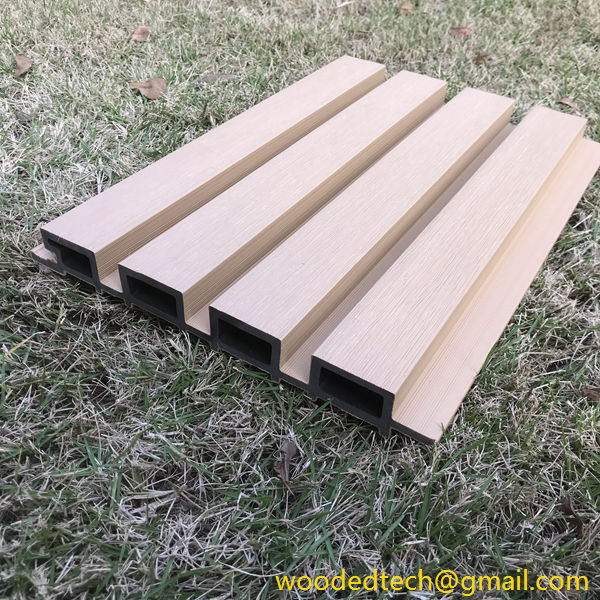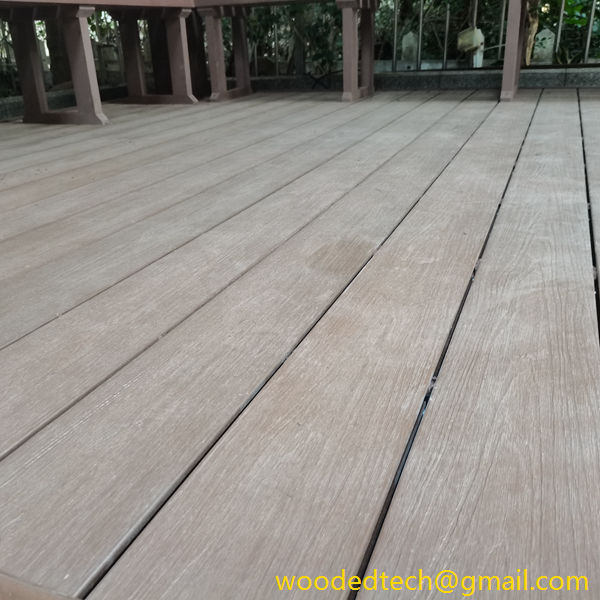What is Plastic Cladding: Understanding the Benefits of Plastic Cladding
What is Plastic Cladding: Understanding the Benefits of Plastic Cladding Plastic cladding is a popular choice in construction and home improvement due to its versatility, durability, and ease of installation. This material serves as an exterior layer that protects underlying structures, enhances aesthetics, and improves energy efficiency. Understanding plastic cladding and its benefits is crucial…
What is Plastic Cladding: Understanding the Benefits of Plastic Cladding
Plastic cladding is a popular choice in construction and home improvement due to its versatility, durability, and ease of installation. This material serves as an exterior layer that protects underlying structures, enhances aesthetics, and improves energy efficiency. Understanding plastic cladding and its benefits is crucial for homeowners, builders, and contractors alike.
Plastic cladding is typically made from materials such as polyvinyl chloride (PVC), polyethylene, or other synthetic polymers. These materials are engineered to withstand various environmental conditions, making them suitable for a wide range of applications. From residential homes to commercial buildings, plastic cladding offers a protective barrier against weather elements, pests, and wear and tear.
One of the primary benefits of plastic cladding is its impressive durability. Unlike traditional materials like wood or metal, plastic does not rot, rust, or corrode. This inherent resilience allows it to maintain its structural integrity and appearance over time, requiring less maintenance and replacement. Homeowners can enjoy peace of mind knowing that their investment will last for many years without the need for extensive upkeep.
In addition to durability, plastic cladding is also lightweight, which significantly simplifies the installation process. Traditional cladding materials can be heavy and cumbersome, often requiring specialized tools and equipment for installation. In contrast, plastic cladding can be handled easily by a smaller crew or even a single individual. This ease of handling not only speeds up the installation process but also reduces labor costs, making it an attractive option for budget-conscious homeowners.
Another key advantage of plastic cladding is its versatility in design and aesthetics. Available in a wide range of colors, textures, and finishes, plastic cladding can mimic the appearance of more expensive materials such as wood or stone. This allows homeowners to achieve the desired look for their property without the high cost associated with natural materials. Additionally, the ability to choose from various styles means that plastic cladding can complement any architectural design, from contemporary to traditional.
Plastic cladding also offers significant energy efficiency benefits. Many plastic cladding products are designed with insulation properties that help regulate indoor temperatures. By creating a thermal barrier, plastic cladding can reduce heat loss during colder months and keep interiors cooler during hot weather. This energy efficiency translates into lower heating and cooling costs, making plastic cladding an economically sound choice for homeowners looking to reduce their energy bills.
Furthermore, plastic cladding is resistant to fading, ensuring that its color and appearance remain vibrant over time. This resilience against UV rays means that homeowners do not have to worry about their cladding becoming discolored or dull after prolonged exposure to sunlight. The long-lasting color retention further enhances the aesthetic appeal of plastic cladding, making it a smart choice for those looking to maintain the visual appeal of their property.
Installation of plastic cladding is not only straightforward but can also be completed in various weather conditions. Unlike some traditional materials that require specific temperatures or conditions for proper installation, plastic cladding can be installed in a wider range of circumstances. This flexibility allows contractors to work more efficiently, minimizing delays related to weather constraints.
Another significant advantage is the low maintenance required for plastic cladding. Unlike wood, which may need regular painting or staining to protect it from moisture and pests, plastic cladding requires minimal upkeep. Generally, homeowners need only to wash the surface occasionally with soap and water to remove dirt and debris. This reduced maintenance not only saves time but also contributes to the overall cost-effectiveness of choosing plastic cladding.
Sustainability is becoming increasingly important in construction and design, and plastic cladding can offer eco-friendly options. Many manufacturers now produce plastic cladding from recycled materials or create products that are recyclable at the end of their lifespan. By choosing sustainable options, homeowners can contribute to environmental conservation while still benefiting from the practical advantages of plastic cladding.
The safety of plastic cladding is another factor worth considering. Many plastic cladding products are designed to be fire-resistant, providing an extra layer of protection for homes and buildings. This fire resistance can be crucial in areas prone to wildfires or other fire hazards, offering peace of mind to homeowners concerned about safety.
In conclusion, plastic cladding is a versatile and practical choice for construction and home improvement projects. Its durability, lightweight nature, aesthetic versatility, energy efficiency, and low maintenance requirements make it an attractive option for homeowners and builders alike. With easy installation processes and the potential for sustainable options, plastic cladding stands out as a modern solution for those looking to enhance the protection and appearance of their properties. As the demand for innovative building materials continues to grow, plastic cladding is likely to remain a popular choice for both residential and commercial applications.

